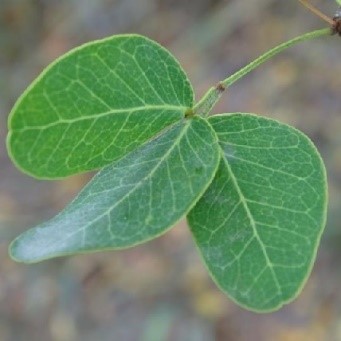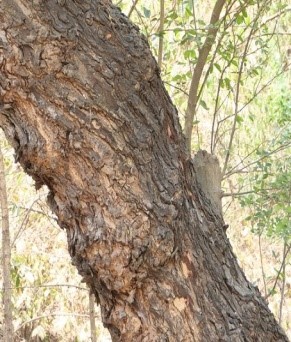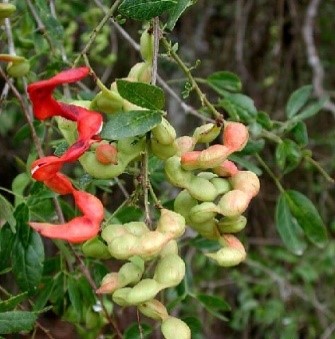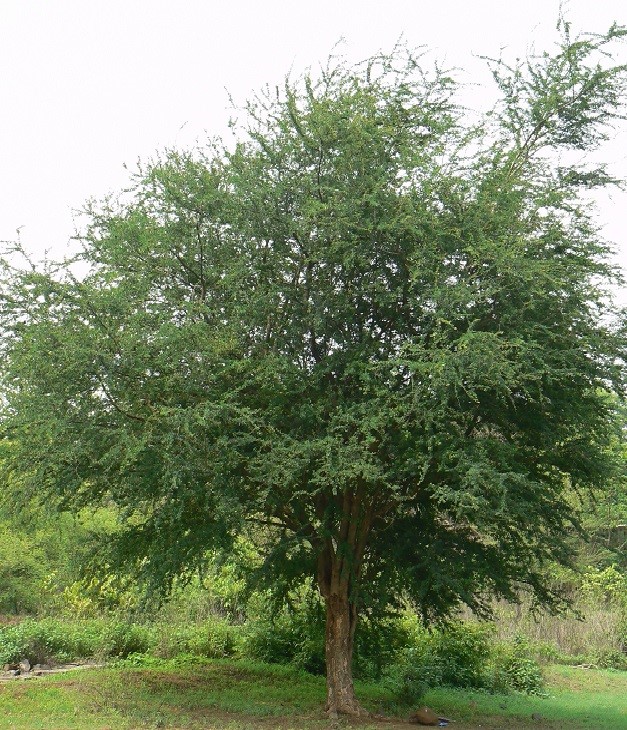Trees
Pithecolobium dulce (Roxb.) Benth.
Pithecolobium dulce (Roxb.) Benth.
Description :
An almost evergreen, thorny, medium sized tree, 20 m tall. The crown is
broad and spreading, to 30 m in diameter. The stem is short and is up to 31 cm
in diameter. Foliage is feathery-like and the leaves are compound. 1 to 2.5 cm
long. The bark is smooth grey with small, yellowish white spots. The flowers
are small, greenish white and are arranged in long bunches. It flowers between
October and April. The pods are flat, 10 to 12.5 mm long and mature between
April and June. Grazing can be a problem but, once established, it is very
difficult to eradicate. Insect and disease problems include leaf spot and
defoliators plus it is a favored host of the thorn bug. It is reproduced both
from seed and by vegetative means. The seed remains viable for long periods of
time. Pretreatment of seed with a water soak will speed up germination. This
tree is adapted to a variety of sites and soils. It coppices readily. Young
plants need protection from grazing and frost. Because of its profuse seeding
habit can quickly become a weed problem and is difficult to eradicate. Sapwood
is whitish and heartwood is reddish brown. Dense with a specific gravity of
0.65 and a calorific value of 5600 kcal/kg. Straight grained
Distribution :
The
tree is native to Mexico, southern California, and south into Central and South
America. It has been successfully planted throughout sub-tropical parts of the
world In Pakistan it is cultivated in the Punjab and Sindh. An aggressive
tolerant tree that is quite adaptable and will grow on most soils from clays to
sands including areas of brackish water tables and saline soils. It requires a
summer precipitation zone of 400 to 600 mm/yr and is considered drought hardy.
It prefers a warm sub-tropical to tropical climate with a temperature range of
7 to 45°C at elevations up to 1500m.
Uses :
It
is a fast-growing tree. On favorable sites it has reached heights of 10 m in 5
to 6 years. It is a good nitrogen fixer. It is a useful farm forestry tree. It
can be planted on saline, sodic sites. Also used as fodder, fuel nitrogen
fixing, poles and construction, agricultural implements, apiculture, furniture
and soil stabilization.



